Angelica
$4.49
Archangelica Umbelliferae
- Seed count 50
- Culinary And Medicinally Herb
- Hardy Biennial
- Height 2 m
In stock
Description
Angelica makes an attractive backdrop for other plants, not only because of its height. Angelica’s bright green leaves, made up of three finely toothed leaflets, and its stems also are a pleasing contrast in the garden.
Angelica’s long sturdy hollow stems are ribbed. Delicately coloured, they start out purple at the base and lighten to a pale yellow green.
All parts of the aromatic plant have culinary or medicinal uses, but it is best known for its candied stems, used as a cake decoration.
The stems and seeds for use in confectionery and flavouring and the preparation of liqueurs. (e.g. Chartreuse, Bénédictine, Vermouth and Dubonnet). Angelica seeds and angelica roots are sometimes used in making absinthe.
In their first year, plants produce leafy bushes, and then die back in winter. They reappear in spring to reach their full potential. They do best in a part sun position with lots of water.
| Method: Sow direct | Soil Temp: 10°C - 25°C |
| Cool Mountain: Oct - Dec | Position: Part Sun |
| Arid: Jul - Sep | Row Spacing: 45 cm |
| Temperate: Sep - Dec | Planting Depth: 1mm |
| Sub Tropical: Jul - Nov | Harvest: 365 days |
| Tropical: May - Jun | Plant Height: 2 m |
Growing Conditions
Climate:
- Angelica thrives in cooler temperate and subtropical regions.
- Ideal growing zones in Australia include areas with mild summers and cold winters, such as Tasmania, parts of Victoria, and the southern regions of New South Wales.
- In hotter regions, provide shade or moist soil to protect it from excessive heat.
Soil Requirements:
- Angelica prefers rich, loamy soil that retains moisture but drains well.
- Heavy clay soils should be amended with organic matter for improvement.
- A slightly acidic to neutral pH (6.0 to 7.0) is optimal for growth.
- Testing the soil before planting can help adjust nutrient levels accordingly.
Sunlight:
- Angelica can grow in full sun to partial shade.
- In particularly hot climates, providing some afternoon shade can help prevent stress on the plant.
Planting Angelica
Sowing Seeds:
- Prepare the soil by tilling and incorporating organic matter.
- Sow seeds about 1 mm deep, spaced 45 cm apart.
- Water gently to moisten the soil.
- Transplanting: If starting seeds indoors, use peat pots to minimize root disturbance. Transplant seedlings outdoors once they reach around 10 cm in height.
Cold Stratification:
- Angelica seeds benefit from cold stratification to enhance germination rates.
- Place seeds in a damp soil within a plastic container in the refrigerator for 2-4 weeks before sowing.
Care and Maintenance
Watering:
- Keep the soil consistently moist, especially during dry spells.
- Watering should be done in the morning to prevent fungal diseases.
- Apply a layer of organic mulch, such as straw or wood chips, to help retain moisture and suppress weeds.
Fertilisation:
- Use a balanced organic fertiliser or compost every 4-6 weeks during the growing season.
- Reduce fertilisation as the plant nears maturity.
Pest and Disease Management
Common Pests:
- Watch for aphids, slugs, and spider mites. Use insecticidal soap or neem oil for treatment.
Diseases:
- Ensure good air circulation to prevent fungal infections. If noticed, remove infected foliage and apply fungicides as needed.
Maintenance
Pruning:
- Regularly pinch off flowering stems to promote bushier growth and enhance leaf production.
- After the growing season, cut back the plant to the ground to encourage fresh growth in spring.
Harvesting
- Harvest leaves and stems throughout the growing season.
- The best time to collect the leaves is before flowering, as they are more flavourful.
- For medicinal uses or liqueur, harvest the flowering stalks when they are in bloom.
Companion Planting
Cabbage and Kale:
- Benefits: Angelica helps deter pests such as cabbage moths and aphids that commonly affect these crops. The aromatic nature of Angelica can confuse pests and lure them away from brassicas, protecting your harvest.
Lettuce:
- Benefits: The tall structure of Angelica provides shade that is beneficial for lettuce, which can wilt in intense heat.
- The slight moisture-seeking property of Angelica can create a microclimate that supports healthier lettuce growth.
- Notes: Ensure that the spacing allows for adequate airflow to prevent fungal diseases.
Herbs:
- Coriander: Benefits: Attracts beneficial insects like parasitic wasps that help control pest populations, while the aromatic compounds can repel pests harmful to Angelica.
- Parsley: Benefits: Similar to coriander, parsley attracts pollinators and other beneficial insects, promoting a healthier ecosystem. It grows well in similar soil conditions.
- Dill: Benefits: Dill attracts beneficial predators of aphids and adds diversity to the planting area, helping to deter pests.
- Fennel: Benefits: Fennel can attract pollinators but be cautious as it can become invasive and might compete with Angelica.
- Borage: Benefits: Borage is known for attracting bees, which are crucial for pollination. It can also deter pests like tomato hornworms and cabbage worms. Notes: Borage’s deep roots enhance soil structure and can help improve moisture retention.
- Nasturtiums: Benefits: Nasturtiums are excellent at repelling aphids, whiteflies, and beetles. They can also attract beneficial insects, aiding pollination. Notes: Their vibrant flowers provide a splash of colour and can act as a trap crop, diverting pests away from valuable plants like Angelica.
- Marigolds: Benefits: Marigolds release compounds that repel nematodes and various other pests, making them a great companion. Their bright flowers also attract beneficial insects. Notes: Planting marigolds nearby can enhance the aesthetic appeal while providing pest control.
- Thyme: Benefits: Thyme attracts beneficial predatory insects and can suppress weeds, providing additional health benefits to adjacent plants like Angelica. Notes: Thyme thrives in well-drained soil and can tolerate similar light conditions.
- Capsicum, Chilli and Tomatoes: Benefits: The complementary growth habits enhance space utilization. The aromatic nature of Angelica can help mask the scent of these fruiting plants, which can deter pests. Notes: Ensure proper spacing for air circulation to prevent fungal issues.
- Sweet Potatoes: Benefits: Sweet potatoes can benefit from the shade provided by Angelica, particularly during the hottest parts of the day, and they improve soil structure when grown together.
Order Times
Seed orders are normally dispatched within three business days. You will receive an email when seeds are mailed out.
Postage Days
Seeds are mailed out Monday to Friday at 1pm. Except for the Friday of long weekends.
Postage Times
WA 2-3 Days: SA,NT 3-5 Days: NSW, ACT, QLD, VIC: 5-7 Days
Carrier
We use Australia Post Letter Postage for the majority of orders
Not only are our seeds packed in recycled paper envelopes, we keep the theme going when we post out website orders. To protect your seeds from moisture and the letter box munchers (snails), we use a very special plastic free material made from plants. They are then put into recycled mailing envelopes. Green all the way 💚🌿

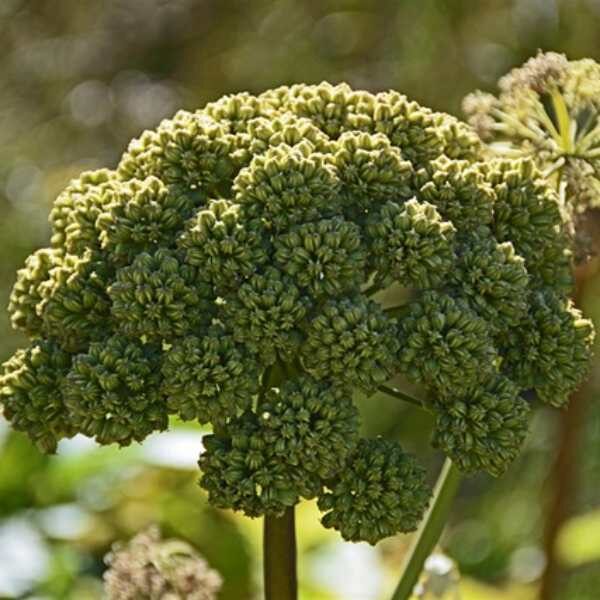



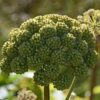
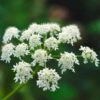



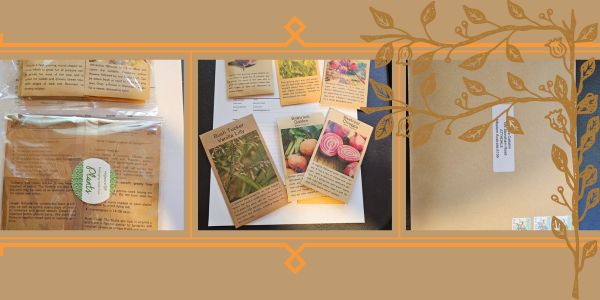

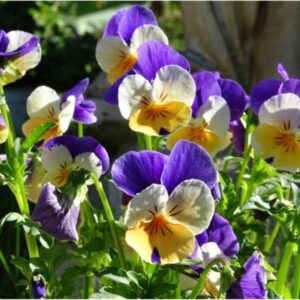
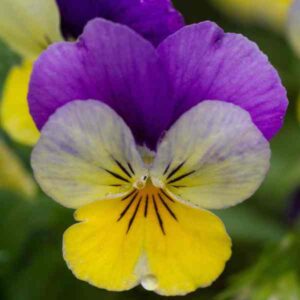
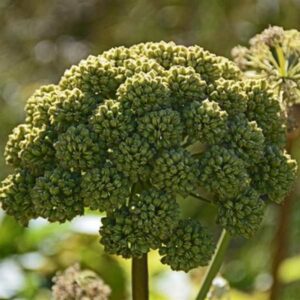
2 reviews for Angelica